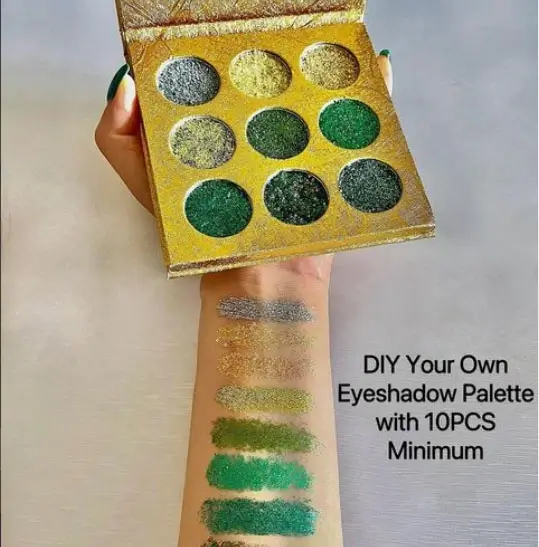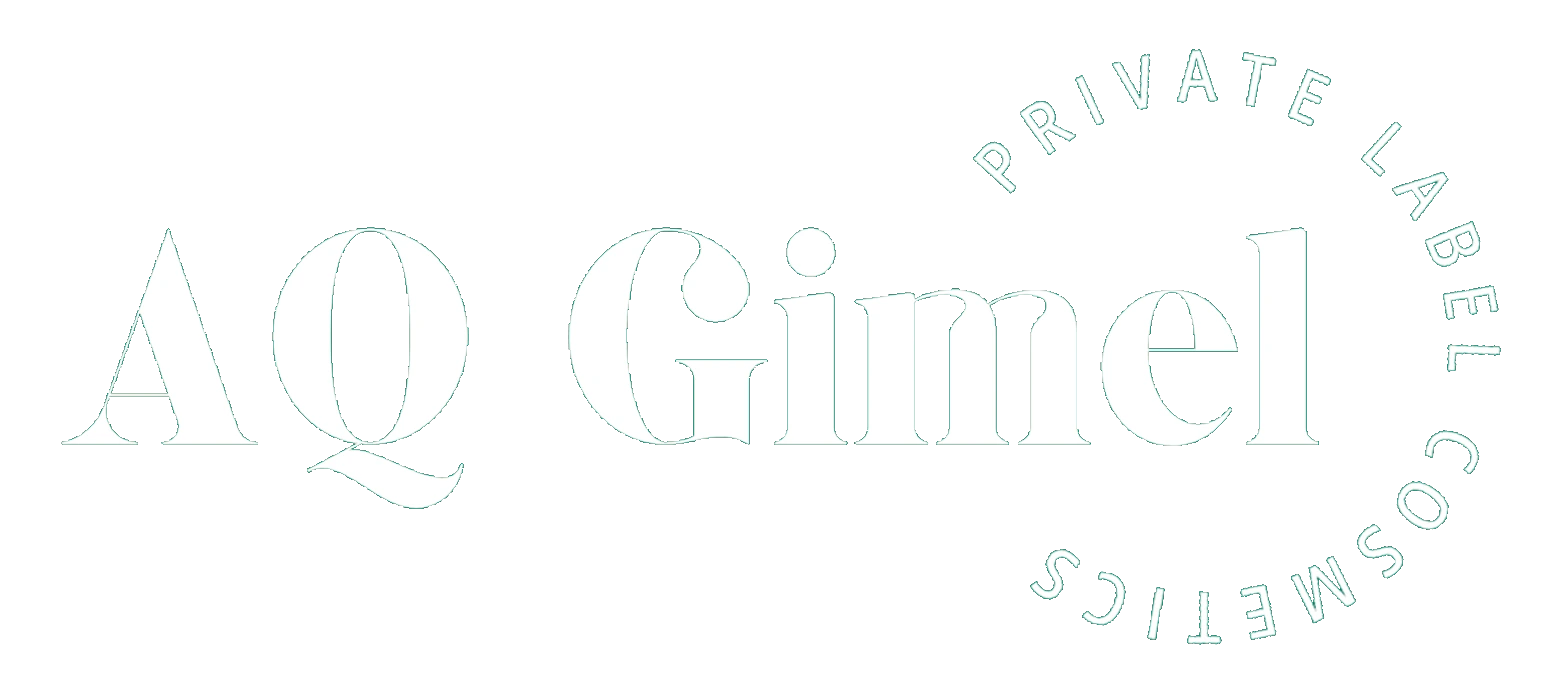Verify Your Email Address
Please ensure to verify your email for confirmation. We recommend checking your spam and trash folders as well.

Eyeshadow palettes can be divided into two categories, according to the different production process: contract manufacturing eyeshadow palette, and private label eyeshadow palette. Next we gonna talk about how are eyeshadow palettes made respectively:
In the birth process of a fully customize eyeshadow palette, the most complicated part is the front-end research and development, from the development of single raw materials, to the development of composite raw materials, and then to the verification link. In this stage, as a brander, you can create your own formula, if you have related chemical knowledge, but in most cases, branders will just outsource the formula creation process to the manufacturer directly, so that they can focus on branding and marketing.
The formation of the formula also has to go through a small test and a pilot test. Makeup artists have used millions of experiments to find a suitable balance among countless viscosities. With good raw materials and airflow grinding technology, we constantly polish and iterate products, and finally achieve a balance between skin feel, makeup feel, and makeup effect.
In the spacious and bright modern factory, many large-scale precision machines are neatly lined up to “stand”, and at intervals, there are technicians in aseptic operation suits, either busy mixing powder colors, concentrating on putting Control the quality, or checking the experimental data with the prototype. These seemingly simple but complicated steps are interlinked, and after going through the entire assembly line, qualified colorful eyeshadow palettes are made one by one.
Learn more about custom eyeshadow palette?
The process of making a private label eyeshadow palette is much easier, compared with fully customizing your own formula and packaging. Pick up eyeshadow pressed powders with a standard formula that the manufacturer’s laboratory provided, then choose from a variety of empty paper palettes, the factory will finally assemble finished eyeshadow palettes for you. Start your own private label eyeshadow palette now?
Learn more about private label cosmetics business.
What is white label vs private label makeup?
How to start your own private label makeup line?
How do I choose the right supplier for my private label makeup brand?
Digital marketing, website building, graphic designing for your brand.

High Quality, Low Price, No Minimum, One-stop Private Customized Cosmetics Shopping Website.
| Cookie | Duration | Description |
|---|---|---|
| cookielawinfo-checkbox-analytics | 11 months | This cookie is set by GDPR Cookie Consent plugin. The cookie is used to store the user consent for the cookies in the category "Analytics". |
| cookielawinfo-checkbox-functional | 11 months | The cookie is set by GDPR cookie consent to record the user consent for the cookies in the category "Functional". |
| cookielawinfo-checkbox-necessary | 11 months | This cookie is set by GDPR Cookie Consent plugin. The cookies is used to store the user consent for the cookies in the category "Necessary". |
| cookielawinfo-checkbox-others | 11 months | This cookie is set by GDPR Cookie Consent plugin. The cookie is used to store the user consent for the cookies in the category "Other. |
| cookielawinfo-checkbox-performance | 11 months | This cookie is set by GDPR Cookie Consent plugin. The cookie is used to store the user consent for the cookies in the category "Performance". |
| viewed_cookie_policy | 11 months | The cookie is set by the GDPR Cookie Consent plugin and is used to store whether or not user has consented to the use of cookies. It does not store any personal data. |
Please ensure to verify your email for confirmation. We recommend checking your spam and trash folders as well.